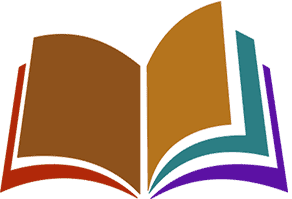You are a fundraiser, maybe an annual fund director or major gift officer, responsible for bringing in new gifts every year. Maybe your goal is $100,000, or perhaps it’s $10,000,000 annually.
You contact your donors every year. Some of them are changing their giving habits because of their age, lifestyle, health, or even the tax laws. What news can you share with them that will encourage them not only to keep giving, but to give even more in the future?
Planned giving; especially, gifts of retirement plan assets.
But here’s the problem: Your boss and board are worried about short-term results or the fiscal year. They don’t want to “invest” in the future without a certain return on that investment. Maybe they don’t even want to spend money on marketing retirement plan gifts.
That kind of thinking is all-too-common — and, as you know, a huge financial mistake for your organization. It’s time for your charity to face the facts:
With the Retirement Plan Beneficiary Designation Toolkit, you will convince them of the fiscal logic in pursuing these planned gifts, and persuade them to provide your fundraisers with tools that will be an ongoing and reliable source of gift revenue.
In a recent study by Merrill Lynch and Age Wave, more than 3,000 adults (with an oversampling of people aged 55+) were surveyed about their estate planning attitudes and actions. Fifty-five percent of respondents aged 55+ did not have a will, although two-thirds agreed that having a plan in place was necessary to “having their affairs in order.”
IRAs and other qualified retirement plans now equal approximately one-fourth of household net worth. In September of 2018, the Federal Reserve estimated that the net household worth in America was $107 trillion. The Investment Company Institute (ICI) estimated in November 2018 that total retirement assets were $28.3 trillion. Of the total $28.3 trillion, the two largest components are IRAs and 401(k) accounts. The ICI estimate of IRA balances is $9.26 trillion. The 401(k) asset value in November was estimated to be $5.35 trillion dollars.
Nine in ten respondents indicated a willingness to discuss their end-of-life preferences with their family, but often act only in response to a life event, such as retirement or the advice of a trusted friend, family member, or professional. That professional could you be you.
Ask your boss or your board to think about the impact of charities receiving just 2% of this wealth: those gifts could equal $166 billion. And because IRAs and 401(k)s may continue to grow in value over donors’ lifetimes, that $166 billion could climb to a substantially greater amount by the time those legacy gifts are distributed. Your organization can take action now to receive a part of this substantial charitable bounty. Because donors retain the power to change their beneficiary designation forms during their lifetimes, there is no completed gift at the time a donor names your charity as a retirement plan beneficiary. This means there is very little upfront overhead or staff cost to procuring retirement plan gifts.
However, when your donor passes away, your charity needs a process for following up on the donor’s intentions and making sure the retirement plan administrator distributes the funds according to the donor’s wishes.
To accomplish this task, you need a person who can keep track of these gifts over time and also keep track of donors who pass away. If your organization already has the capacity to monitor this information, all you need are the following tools:
Plus,
Download these resources for free (MS Word) to generate more gifts through retirement plans.

This is the definitive resource for professional gift planners. It covers all of the relevant information you’ll ever need as far as technical details go.
2103 Bayshore Boulevard
Unit 1501
Tampa, FL 33606
Products & Services
Subscriptions
Special Links
Copyright 2025 © PlannedGiving.Com